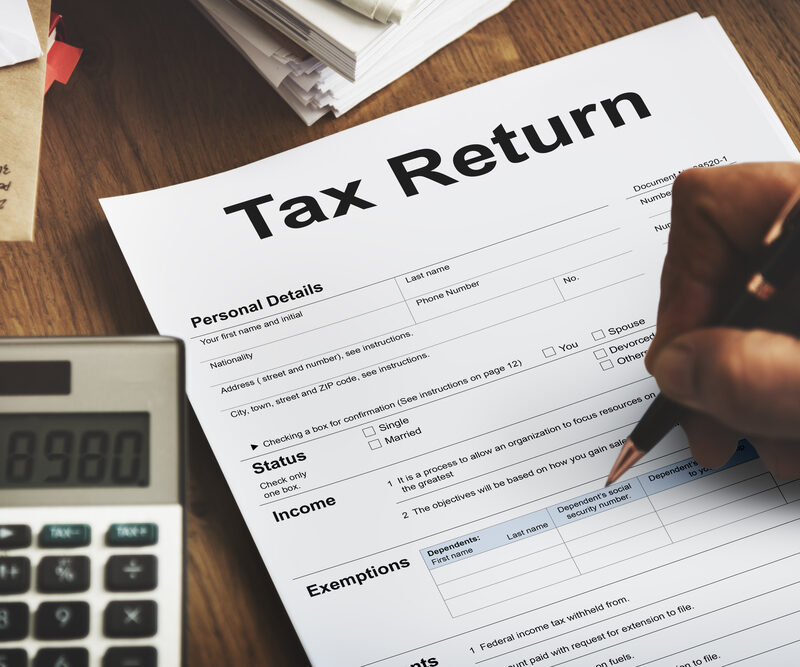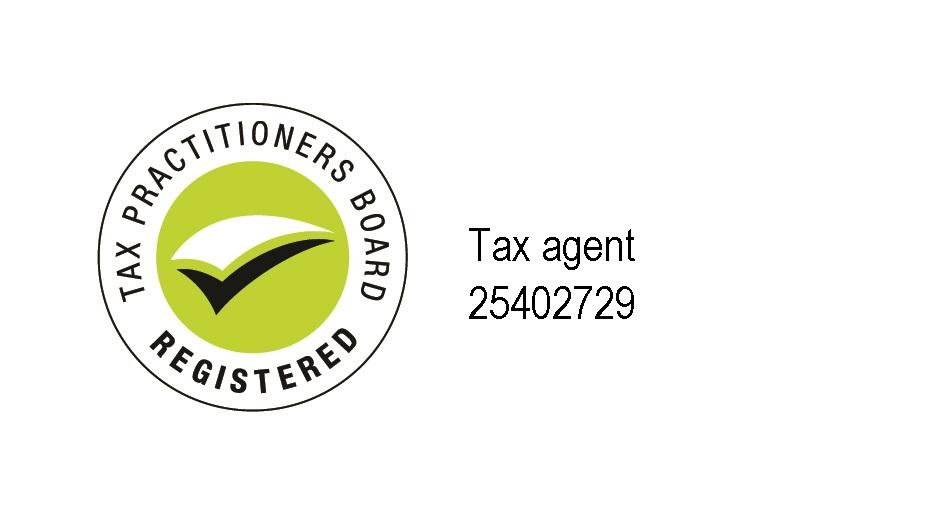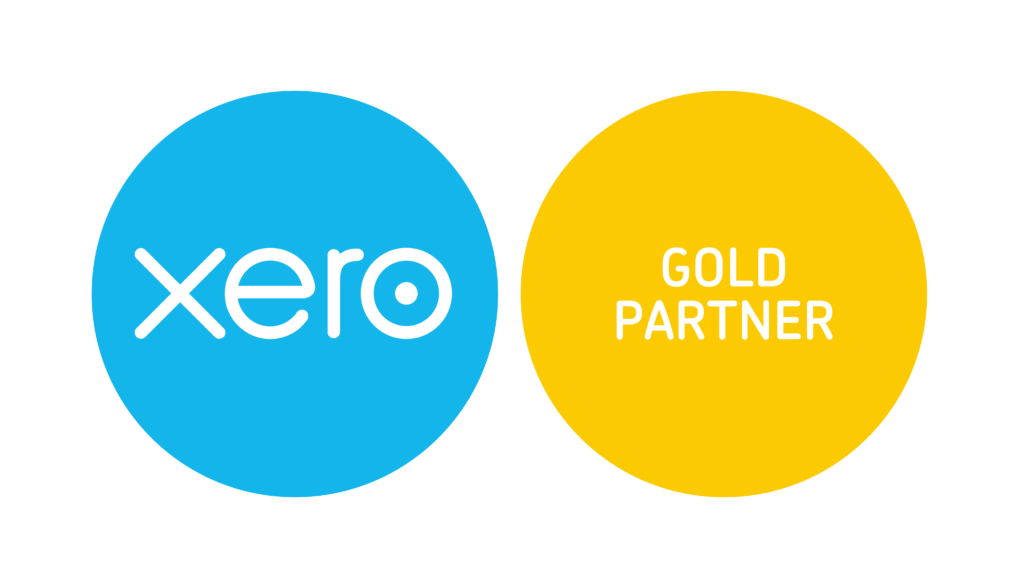COVID-19: Working From Home Shortcut Method Extended

Key Points:
- Government has recently extended the use of the ‘shortcut method’ which can be used to claim a deduction for work-related expenses
- Extended to 30 September 2020
- You must meet the record keeping requirements and working criteria to use each method
If you’re working from home, it’s handy to know that the Government recently extended the ‘shortcut method’ used to claim a deduction for your work-related expenses. This method can now be accessed until 30 September 2020.
Expenses You Can’t Claim
There are some expenses you can’t as an employee working from home, such as:
- coffee, tea, milk and other general household items your employer may otherwise have provided at work
- expenses relating to home schooling children, teaching them at home or buying them equipment such as iPads and desks
- expenses you’re reimbursed for (paid directly by your employer) or the ‘decline in value’ of items provided by your employer – for example, a laptop or a phone
As an employee, you also can’t generally claim occupancy expenses like rent, mortgage interest, water and rates.
Calculation Methods
There are three ways of calculating home office expenses depending on your circumstances. The methods are the:
- Shortcut method (80 cents) – only available 1 March to 30 September 2020
- Fixed rate method (52 cents)
- Actual cost method
It is important to note that you must meet the record keeping requirements and working criteria to use each method.
Shortcut Method
The shortcut method is aimed at simplifying how you calculate your deduction for working from home. This method is temporary and only available for the period 1 March to 30 September 2020.
Using this method, you can claim 80 cents per hour for each hour you work from home during the period 1 March to 30 September 2020.
You can choose to use this rate if you:
- are working from home to fulfil your employment duties (not just carrying out minimal tasks such as occasionally checking emails or taking calls); and,
- have incurred additional running expenses as a result of working from home.
The shortcut method covers all of your work from home expenses, such as:
- phone expenses
- internet expenses
- the decline in value of equipment and furniture
- electricity and gas for heating, cooling and lighting.
If you use this method, you can’t claim any other expenses for working from home.
You don’t need to have a dedicated work area to use this method. However, you must keep a record of the number of hours you have worked from home. This could be a timesheet, roster, a diary or documents that set out the hours you worked from home.
This method includes the decline in value of all items and there is no requirement to separately calculate the decline in value of equipment or depreciating assets. However, as you may combine methods or use a different method in later years it’s important to keep the:
- purchase receipts for depreciating assets or equipment you use when working from home
- records of how you calculated your work-related use of the asset
- your decline in value calculations.
It is important to note that you don’t have to use the shortcut method, you can choose to use one of the existing methods to calculate your deduction. Further, if you had a work from home arrangement before 1 March 2020, you will need to use one of the existing methods to calculate your deduction for the period 1 July 2019 to 29 February 2020.
If you have any questions or need advice and clarity specific to your business, feel free to contact Semmens & Co on 03 8320 0320 for a free consultation.







